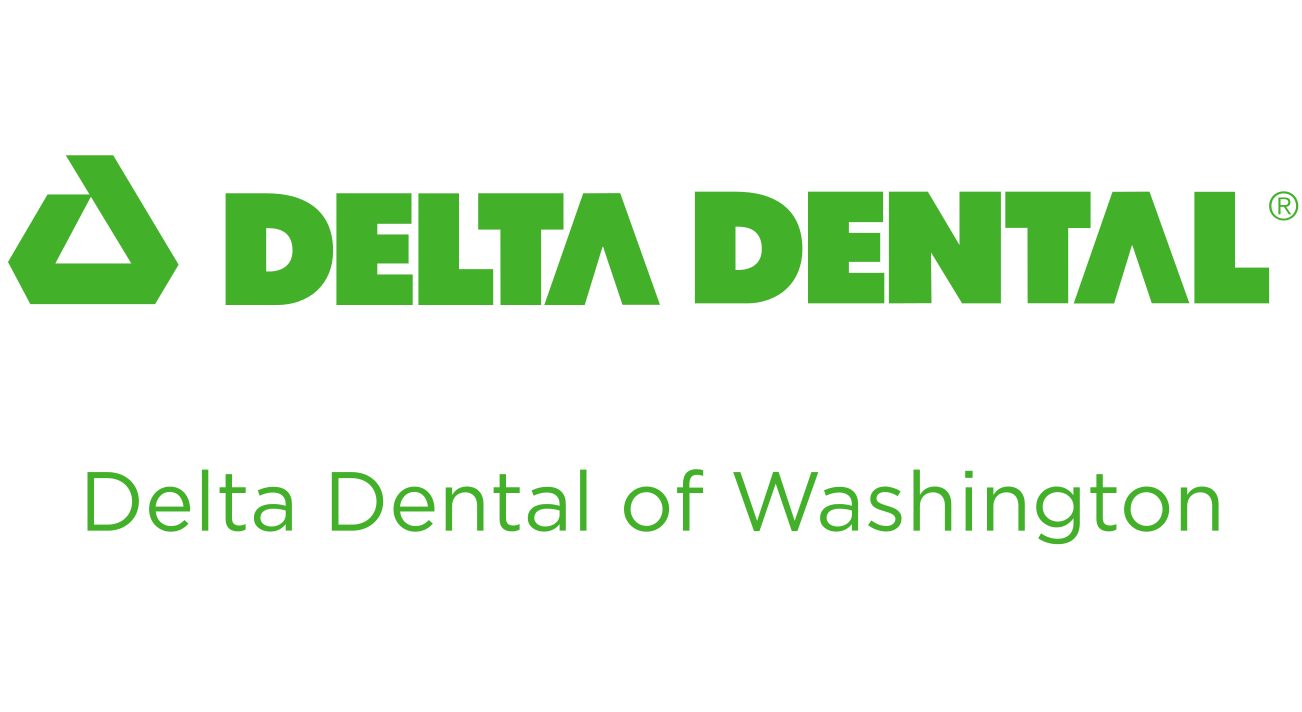Parents are always on the lookout for ways to keep your little ones healthy and happy. One essential aspect of their well-being is oral health. In this blog post, we'll dive into some easy and effective best practices for preventive oral healthcare for children. Let's make those pearly whites sparkle and ensure your kiddos have smiles that light up the room!
-
Start early: The journey to great oral health begins even before those baby teeth make their debut. Wipe your baby's gums with a soft, damp cloth after feeding to remove any residue. Once the first tooth appears, switch to a baby toothbrush and water to gently clean those tiny teeth.
-
Choose the right toothpaste: When your child is old enough to use toothpaste (around the time their first tooth begins to appear), make sure it's a fluoride toothpaste approved by the American Dental Association (ADA). Use just a smear for kids under 3 and a pea-sized amount for older children. Fluoride helps strengthen tooth enamel and prevents cavities.
-
Teach Good Brushing Habits: Turn brushing into a fun and regular routine. Use a soft-bristled toothbrush suitable for their age. Encourage them to brush for two minutes, covering all surfaces of their teeth. Make it a family affair to brush together, setting a positive example.
-
Flossing Matters Too: Don't forget the floss! As soon as your child has two teeth that touch, introduce flossing into their routine. It helps remove plaque between teeth and promotes healthy gums. There are kid-friendly flossing tools available to make it easier.
-
Balanced Diet, Happy Teeth: Nutrition plays a vital role in oral health. Limit sugary snacks and drinks, opting for tooth-friendly options like fruits, veggies, and dairy. Calcium-rich foods contribute to strong teeth and bones.
-
Regular Dental Check-ups: Scheduling regular dental check-ups is crucial. It allows the dentist to monitor your child's oral development, identify any issues early on, and provide preventive treatments. Start dental visits by their first birthday or when the first tooth erupts.
-
Protect Those Grins: If your child is active in sports, consider a mouthguard to protect their teeth from potential injuries. Custom-fit mouthguards provide the best protection and can be provided by your dentist.
-
Be Mindful of Habits: Thumb-sucking and pacifier use are common habits in young children. While they often outgrow these behaviors, prolonged habits can affect dental development. Talk to your dentist if you have concerns.
-
Stay Hydrated: Encourage water consumption, especially between meals. Water helps rinse away food particles and keeps the mouth hydrated. It's the ultimate beverage for oral health.
There you have it! By following these simple tips and incorporating them into your child's daily routine, you're setting them on the path to a lifetime of healthy smiles. Remember, preventive oral healthcare is a team effort, and with your guidance, your little ones will shine with confidence and dental wellness. Keep those grins gleaming!












